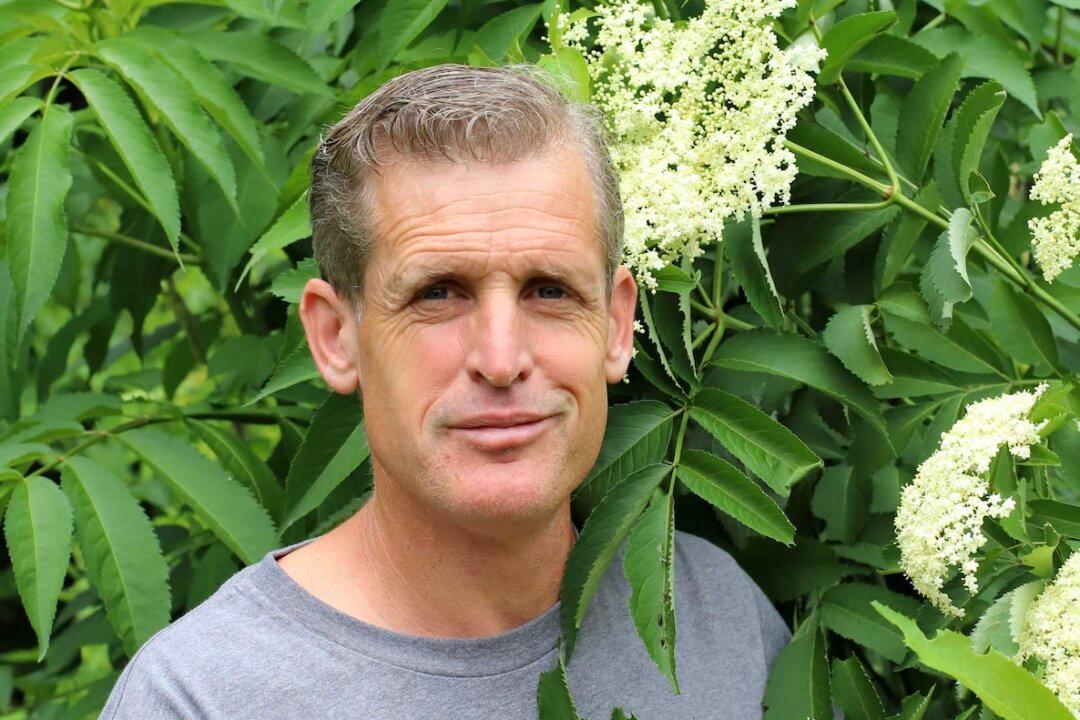“I added up a list of all the things I collect within walking distance of my house, and it was 346 species,” says renowned forager Sam Thayer. A count of plants (excluding spices) in all the products at his local grocery store? 124. For more than two decades, Thayer’s been touting the bounty of readily available wild foods, and the people he encounters “practically lose their minds” when they try unexpected delicacies such as a thistle stalk. Reactions, he says, are “not just ‘I could eat that if I had to,’ but ‘That’s like the best thing I’ve ever had!’”
An inductee into the National Wild Foods Hall of Fame, Thayer, who was born in Wausau, Wisconsin, and raised in Madison, took to foraging at a very early age. “I had a couple parents who didn’t really want to be parents. The more I could parent myself, the better—from their perspective and mine.” Often left to fend for themselves, he and his three siblings quickly learned to be independent. When he was four, his older sister showed him wood sorrel growing under the front porch, a common lawn “weed” but edible and rich in vitamin C. And so began his lifelong fascination with what he could eat in the natural world.





